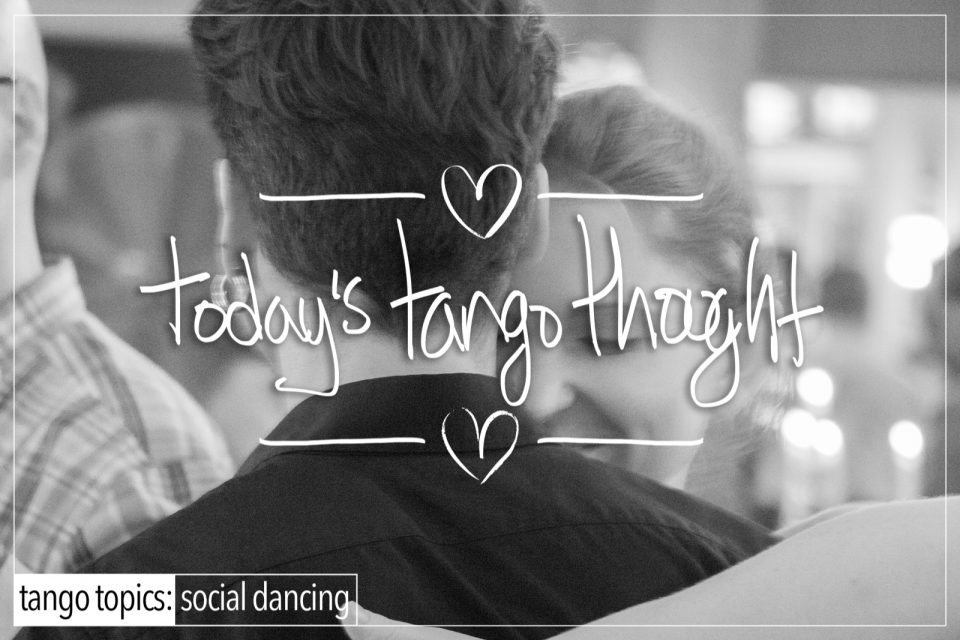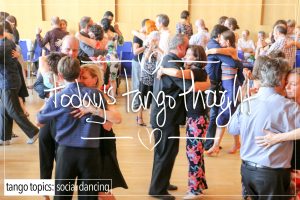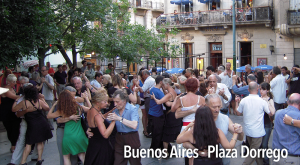There is another option as it’s referred to in the Tango world, Alternative Tango. Sometimes Alternative Tango is known by it’s other names “Neo” Tango or “Nuevo” Tango (which is a misnomer, as this was name that Astor Piazzolla gave to his musical genre that changed Tango music forever). Frequently “open embrace” is lumped in there as well due to the fact that a good portion of the vocabulary of Alternative Tango seemingly comes via an opening of the embrace. This is, again, yet another misnomer. The fact is that Alternative Tango can be done in open or close embrace or ‘v’ embrace as well. Really any embrace format you can think of will work. Why ? Because it’s not about the embrace folks, it’s really about what one choses to dance Tango to: Alternative Music. Which is really almost anything that is not Tango Music. So when someone says ‘alternative music’ what they’re really saying is any style or genre of music that is not Tango music.
Truthfully, one can use Tango moves to almost any music…while we may not see this used with ‘bedouin chanting’ there is, however, a first time for everything. 🙂 The fact is almost any music that is not Tango music, one can use Tango’s vocabulary of walking, ochos, molinetes, giros, ganchos, boleos, colgadas, volcadas, sacadas, crosses, etc to almost any music that is not Tango music. Country ? Yup. Rock ? Yup. Hip Hop ? Yup. Pick a musical style, and this is Alternate music to use in place of Tango music!
Alternative Tango can be fun to dance. As a matter of fact, a good number of teachers, start out using Hip Hop or Pop music to lull you into understanding Argentine Tango’s vocabulary. So it’s no wonder that early on that a good number of people actually like dancing to Alternative selections of music. However, as we grow in our appreciation for the dance, so does our appreciation for actual Tango music. And as we listen to Tango music more and more, we listen to Alternative music less and less and eventually not at all. Why ? The reason is a simple one. Our palettes have changed. It’s not that we’ve become snobby Tango music people. No. The fact is that we have grown to appreciate that old, whiny, tinny, scratchy music that was poorly recorded (by today’s standards) that has been handed down to us (today) through at least 7, maybe 8, generations of media that have distorted it even further from the original (the Shellac).
Eventually, as fun as this is to dance to, someone always asks “Is this really Tango ?”. The answer to that question depends on where you are on the spectrum of appreciation for Tango music itself. So the further away from Tango music that you are (hearing it as old, whinny, tinny, etc) the more that dancing to Alternative music is Tango to you. The closer you are to the source, then the answer is a clearer “No”. So the purist in you (raising hand here) sees this a clear answer of “No. This is not Tango!”. There was a phase that Tango went through a few years back where we employed an Alternate idea “Neo” Tango as a way to describe a very specific type of music that was based on Tango music but updated a bit, with sampled music using Tango music as it base along with tango instruments (the bandoneon) to create a “Neo” (or updated ‘new’) version of Tango music. The group “Otros Aires” is indicative of this musical music style of the time, there are/were others. However, Otros Aires sets the genre apart because of it’s use of sampled music.











